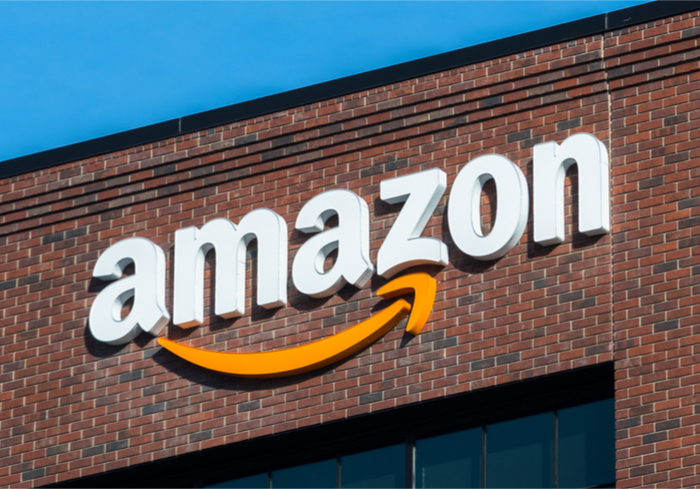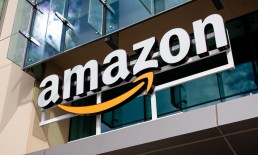With Amazon’s Web Services (AWS) cloud computing business booming, Morgan Stanley is getting more bullish on the eCommerce giant’s prospects, raising its price target to $2,500.
According to a report in CNBC, citing a research noted penned by Morgan Stanley analyst Brian Nowak, Morgan Stanley now has the highest price target on Amazon shares. If it were to hit the $2,500 price target, it would result in a market valuation of $1.2 trillion.
“We have increasing confidence that Amazon’s rapidly growing, increasingly large, high margin revenue streams (advertising, AWS, subscriptions) will drive higher profitability and continued upward estimate revisions,” said Nowak. Amazon’s cloud business, subscriptions and advertising will result in $45 billion in profit by 2020 — up from $25 billion this year. Morgan Stanley has an overweight rating on Amazon and noted the eCommerce giant has been able to surpass the high end of its operating profit forecasts by an average of 60 percent in each of the last three quarters.
Morgan Stanley isn’t the only Amazon bull to sing the praises of its cloud computing business recently. Last week, MKM Partners said Amazon could reach a market capitalization of $2.5 trillion by 2024. According to a report in CNBC, citing MKM Analyst Rob Sanderson, thanks to AWS, the company could see its value explode. The analyst said in a research note to clients that AWS may be worth $1 trillion in six years, which would be larger than Amazon’s market cap, which currently stands at $929 billion.
“We still think that Amazon is the best long-term growth investment available to investors today,” Sanderson said. He upped his 12-month price target on the stock to $2,215 from $1,840. On top of improving margins at AWS, the analyst said the company’s fulfillment operations should have better profitability, and that Amazon’s fresh food delivery service should increase as well. By 2025, Sanderson thinks Amazon will be in control of 14.5 percent of the retail market in the U.S, making it larger than Walmart.




